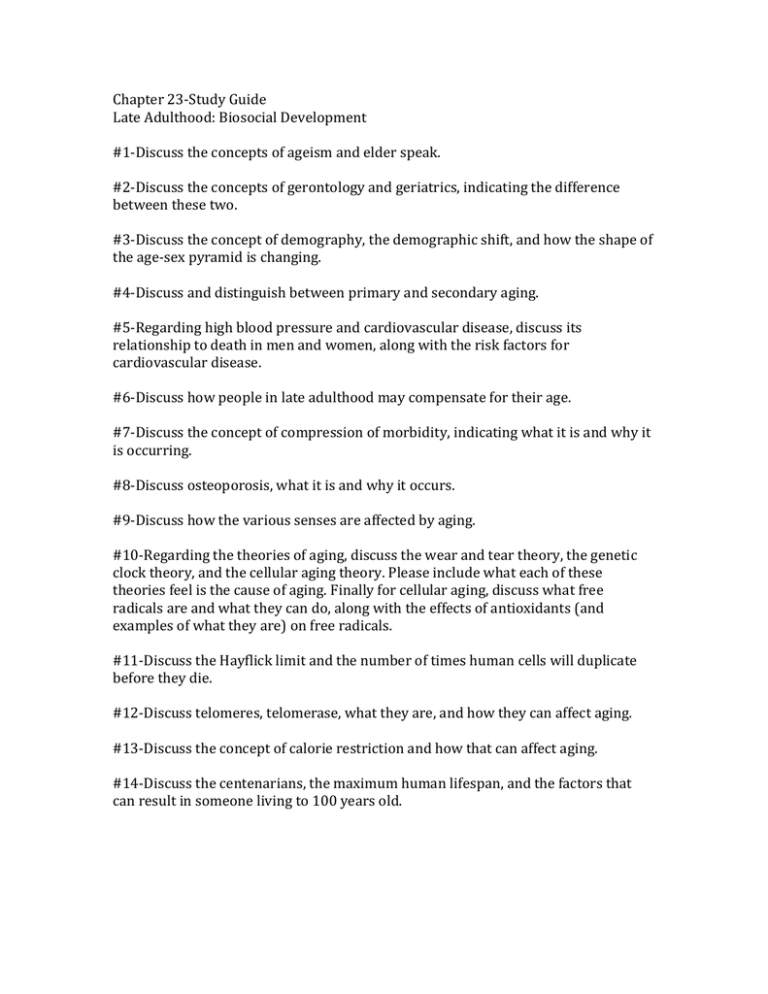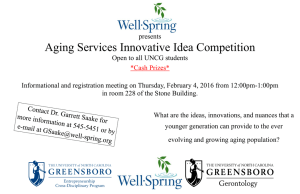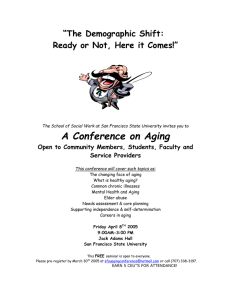Chapter 23-Study Guide Late Adulthood: Biosocial Development
advertisement

Chapter 23-Study Guide Late Adulthood: Biosocial Development #1-Discuss the concepts of ageism and elder speak. #2-Discuss the concepts of gerontology and geriatrics, indicating the difference between these two. #3-Discuss the concept of demography, the demographic shift, and how the shape of the age-sex pyramid is changing. #4-Discuss and distinguish between primary and secondary aging. #5-Regarding high blood pressure and cardiovascular disease, discuss its relationship to death in men and women, along with the risk factors for cardiovascular disease. #6-Discuss how people in late adulthood may compensate for their age. #7-Discuss the concept of compression of morbidity, indicating what it is and why it is occurring. #8-Discuss osteoporosis, what it is and why it occurs. #9-Discuss how the various senses are affected by aging. #10-Regarding the theories of aging, discuss the wear and tear theory, the genetic clock theory, and the cellular aging theory. Please include what each of these theories feel is the cause of aging. Finally for cellular aging, discuss what free radicals are and what they can do, along with the effects of antioxidants (and examples of what they are) on free radicals. #11-Discuss the Hayflick limit and the number of times human cells will duplicate before they die. #12-Discuss telomeres, telomerase, what they are, and how they can affect aging. #13-Discuss the concept of calorie restriction and how that can affect aging. #14-Discuss the centenarians, the maximum human lifespan, and the factors that can result in someone living to 100 years old.

